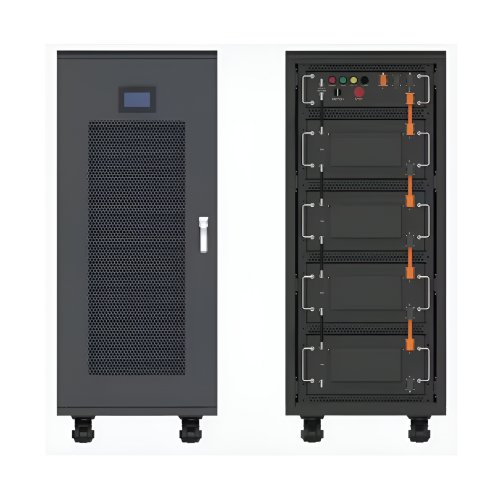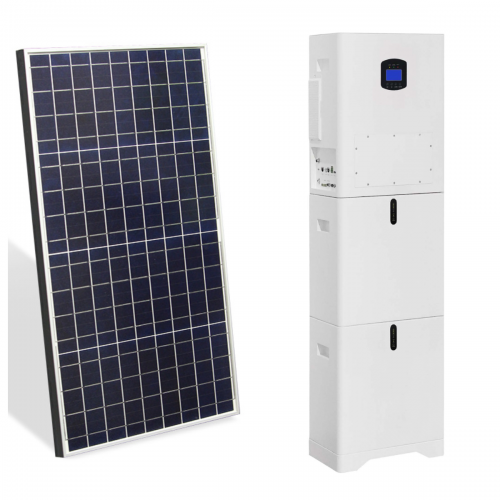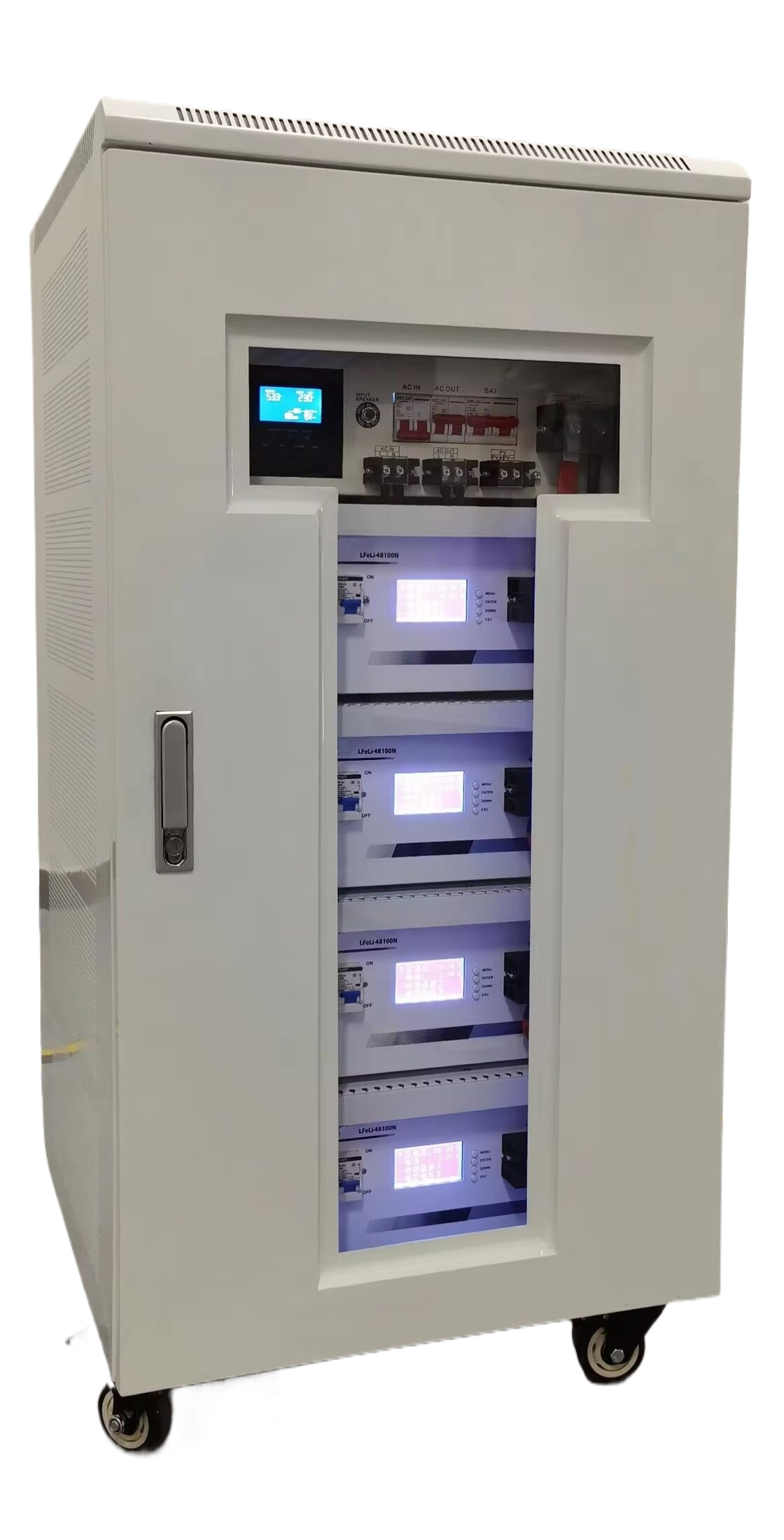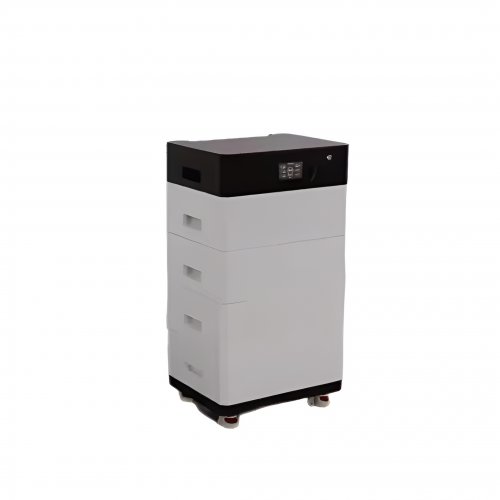Performance Enhancements News: The Next Frontier In Enterprise Computing And Ai Integration
The relentless pursuit of greater efficiency and speed is driving a significant transformation across the technology sector. The focus on performance enhancements has moved beyond incremental hardware boosts to a more holistic, software-defined, and AI-driven approach. Recent industry developments underscore a strategic shift where raw power is being seamlessly coupled with intelligent optimization to meet the escalating demands of artificial intelligence, complex data analytics, and real-time computing.
Latest Industry Developments
The most prominent developments are emerging from the semiconductor and cloud computing arenas. At the recent series of international tech conferences, major chip manufacturers unveiled their next-generation processors. These are not merely about higher clock speeds; they represent architectural paradigm shifts. Companies like NVIDIA, Intel, and AMD are integrating dedicated AI accelerators (NPUs or TPUs) directly onto their CPUs and GPUs. This hardware-level integration is designed to offload AI-specific tasks from the main processing cores, dramatically enhancing performance and energy efficiency for machine learning workloads, from large language model (LLM) inference to computer vision at the edge.
Concurrently, the cloud hyperscalers—Amazon Web Services (AWS), Microsoft Azure, and Google Cloud Platform (GCP)—are announcing new services built around this enhanced hardware. Their focus is on providing performance enhancements as a managed service. For instance, new instances optimized for AI training offer near-bare-metal performance within a virtualized environment, abstracting the underlying hardware complexity for developers. Furthermore, advancements in networking, such as the adoption of 400 gigabits per second (Gbps) and even 800 Gbps interconnects, are eliminating data transfer bottlenecks, ensuring that computational gains are not nullified by network latency.
Another critical development is in the software stack. Programming languages like Rust, known for its memory safety and performance, are gaining rapid enterprise adoption for critical systems. Compiler technologies, such as LLVM, are becoming more sophisticated, enabling advanced code optimization that was previously manual. The latest versions of popular frameworks, including PyTorch and TensorFlow, are introducing features like automatic mixed precision and dynamic graph compilation, which significantly accelerate model training times without requiring code rewrites.
Trend Analysis: The Convergence of AI and Performance Tuning
The current trends indicate that performance enhancement is no longer a separate discipline but is becoming intrinsically linked with artificial intelligence. We are observing the rise of AI-for-AI: using machine learning to optimize machine learning systems. Automated hyperparameter tuning and neural architecture search (NAS) are now standard practices, using algorithms to find the most efficient model structures, thereby enhancing performance before a model is even fully trained.
A second major trend is the shift towards "performance per watt" as a key metric. With growing computational demands comes an increased focus on sustainability and operational cost. Enterprises are prioritizing solutions that deliver more operations per unit of energy consumed. This is driving innovation in areas like liquid cooling, silicon photonics, and the exploration of novel materials beyond traditional silicon to reduce energy loss and heat generation.
Furthermore, the concept of the "software-defined hardware" or "domain-specific architecture" is gaining traction. Instead of building general-purpose chips, companies are designing hardware tailored for specific tasks, such as graphics rendering, cryptography, or genomic sequencing. This specialization allows for orders-of-magnitude performance improvements for targeted applications, marking a departure from the one-size-fits-all approach of the past.
Finally, performance optimization is becoming increasingly democratized. Cloud-based tools now offer automated performance monitoring and recommendation systems. A developer can receive AI-powered suggestions for code improvements, database indexing, or infrastructure resizing, making high-level optimization accessible without needing a team of specialist engineers.
Expert Perspectives
Industry experts emphasize the strategic importance of this evolution. Dr. Anya Sharma, a lead analyst at the Center for Digital Transformation, states, "We've hit a point where throwing more generic hardware at a problem is neither economically nor environmentally sustainable. The next decade of performance gains will be defined by co-design—the intimate collaboration between hardware architects, software developers, and AI algorithms. The goal is intelligent efficiency."
Michael Chen, a CTO at a major fintech firm, highlights the operational impact: "For us, performance enhancements directly translate to competitive advantage. Faster risk modeling and real-time fraud detection are only possible because of the latest accelerators and the software that leverages them. Our strategy is to aggressively adopt these managed cloud services to stay ahead, rather than building and maintaining bespoke optimized infrastructure."
However, some experts urge caution. Professor David Lee, who specializes in computer architecture, notes, "While specialized hardware offers incredible gains, it can also lead to fragmentation and new layers of complexity. The challenge for the industry is to balance these bespoke solutions with standards and abstractions that ensure developer productivity and long-term maintainability aren't sacrificed at the altar of pure speed."
In conclusion, the landscape of performance enhancements is undergoing a fundamental redefinition. It is evolving from a pursuit of pure computational brute force to a sophisticated, intelligent, and holistic practice encompassing silicon, software, and systems. As AI continues to permeate every facet of technology, its role both as a driver and an enabler of performance will undoubtedly become the central theme in the ongoing quest for faster, more efficient, and more capable computing.
Customized/OEM/ODM Service
HomSolar Supports Lifepo4 battery pack customization/OEM/ODM service, welcome to contact us and tell us your needs.


HomSolar: Your One-stop LiFePO4 Battery Pack & ESS Solution Manufacturer
Our line of LiFePO4 (LFP) batteries offer a solution to demanding applications that require a lighter weight, longer life, and higher capacity battery. Features include advanced battery management systems (BMS), Bluetooth® communication and active intelligent monitoring.

Customised Lithium Iron Phosphate Battery Casing
ABS plastic housing, aluminium housing, stainless steel housing and iron housing are available, and can also be designed and customised according to your needs.

HomSolar Smart BMS
Intelligent Battery Management System for HomSolar Energy Storage System. Bluetooth, temperature sensor, LCD display, CAN interface, UART interface also available.


Terminals & Plugs Can Be Customized
A wide range of terminals and plugs can be customised to suit the application needs of your battery products.

Well-designed Solutions for Energy Storage Systems
We will design the perfect energy storage system solution according to your needs, so that you can easily solve the specific industry applications of battery products.



About Our Battery Cells
Our energy storage system products use brand new grade A LiFePO4 cells with a battery lifespan of more than 4,000 charge/discharge cycles.



Applications in Different Industries
We supply customized & OEM battery pack, assemble cells with wiring, fuse and plastic cover, all the cell wires connected to PCB plug or built BMS.
Applications: E-bike, Electric Scooter, Golf Carts, RV, Electric Wheelchair, Electric Tools, Robot Cleaner, Robot Sweeper, Solar Energy Storage System, Emergency Light, Solar Power Light, Medical Equipment, UPS Backup Power Supply.
We can provide you with customized services. We have the ability to provide a vertical supply chain, from single cells to pack/module and to a complete power solution with BMS, etc.


HomSolar (Shenzhen) Technology Co., Ltd
























